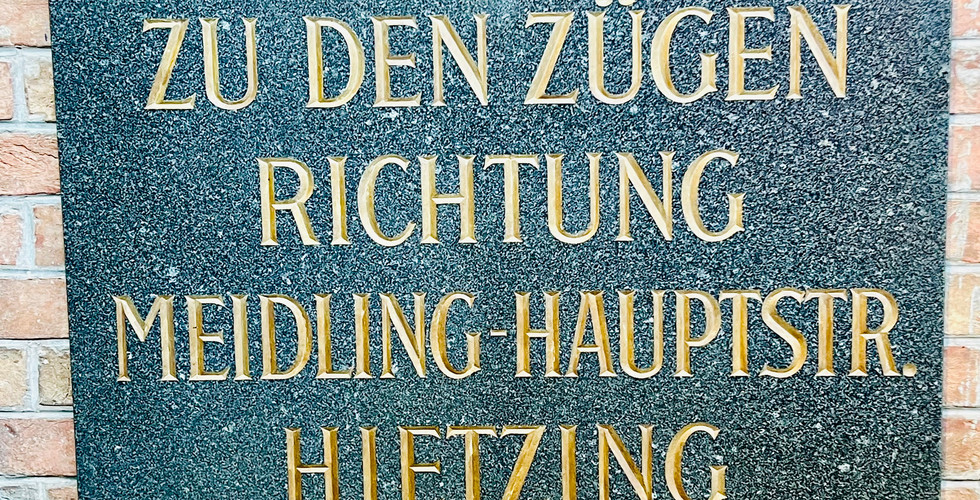Join us for a journey through 150 years of public transport history in Vienna - every little boy's dream and girl's, too! Discover with us one of the largest collections of historical vehicles in Europe in the halls of the former tramway depot in Erdberg, from the first horse-drawn tramway in 1868, to the legendary ‘American’ of the post-war era and much more.

The site of the Transport Museum was built in 1900 and it was used as an operational station for trams until 1990. Today, a total of 14 different themed exhibits create a fascinating journey through the history of public transport in Vienna: from the horse-drawn tramway of the imperial age to the opening of Vienna’s underground in 1978.
Vienna's public transportation system, know to locals as the “Öffis” is trulyt world class. Its buses, trams and trains take you all over the capital, and believe us, it is really one of the factors behind Vienna’s outstanding quality of life. Five subway lines, 28 tram lines and 131 bus routes take about two million passengers from A to B each day.
The Viennese call their tram, the Straßenbahn, “Bim” which refers to the sound of the bell that was used to warn approaching traffic and pedestrians. The tram network in Vienna today is sixth longest in the world. An early horse-drawn streetcar line started in the 1840s carrying passengers to and from popular recreation and entertainment areas such as Grinzing (where we used to live until recently!).
Incidentally, the Viennese underground, the U-Bahn celebrates its 45th anniversary in 2023. In 1978, the first section of the U1 line opened between Reumannplatz and Karlsplatz. The term U-Bahn shouldn’t be taken literally, thouhg: not a single line runs completely underground as merely 50.3% of the network is actually below ground. The U-Bahn runs ound the clock on Fridays and Saturdays, as well as the nights before public holidays.
The Remise museum has a large tram shed full to the brim with vehicles from over 150 years of public service taking you along the Viennese history of municipal transport from an 1868 two-horse open car and 1884 steam tramway all the way through to an underground simulator.
In addition to showing vehicles from a wide range of different eras, a variety of themed areas provide visitors with interesting and little-known facts about the city's public transport. The interactive exhibits invite you to try things out. For example, find out what the difference is between direct and alternating current or show off your skills as a driver of an underground train with the simulator.
The ticket office has a small shop with themed clothing and souvenirs including vehicle models. There are two loos, one just behind the ticket counter and another, better one in the main exhibition hall. Both are barrier free. The museum itself is also barrier free but be prepared for a bit rough ride as the outdoor ground is pebble stones and there are tram rails everywhere.
A small building on the right after you go through into the museum area has a drinks machine and coin-operated lockers but there is no café or restaurant. Given the neighbourhood, there isn’t much choice around either, so take a drink from the machine and head back to the centre to sit down after your museum visit.
The Transport Museum Remise
Fruethstraße 2, 1030 Vienna
remise@wienerlinien.at




























Comments